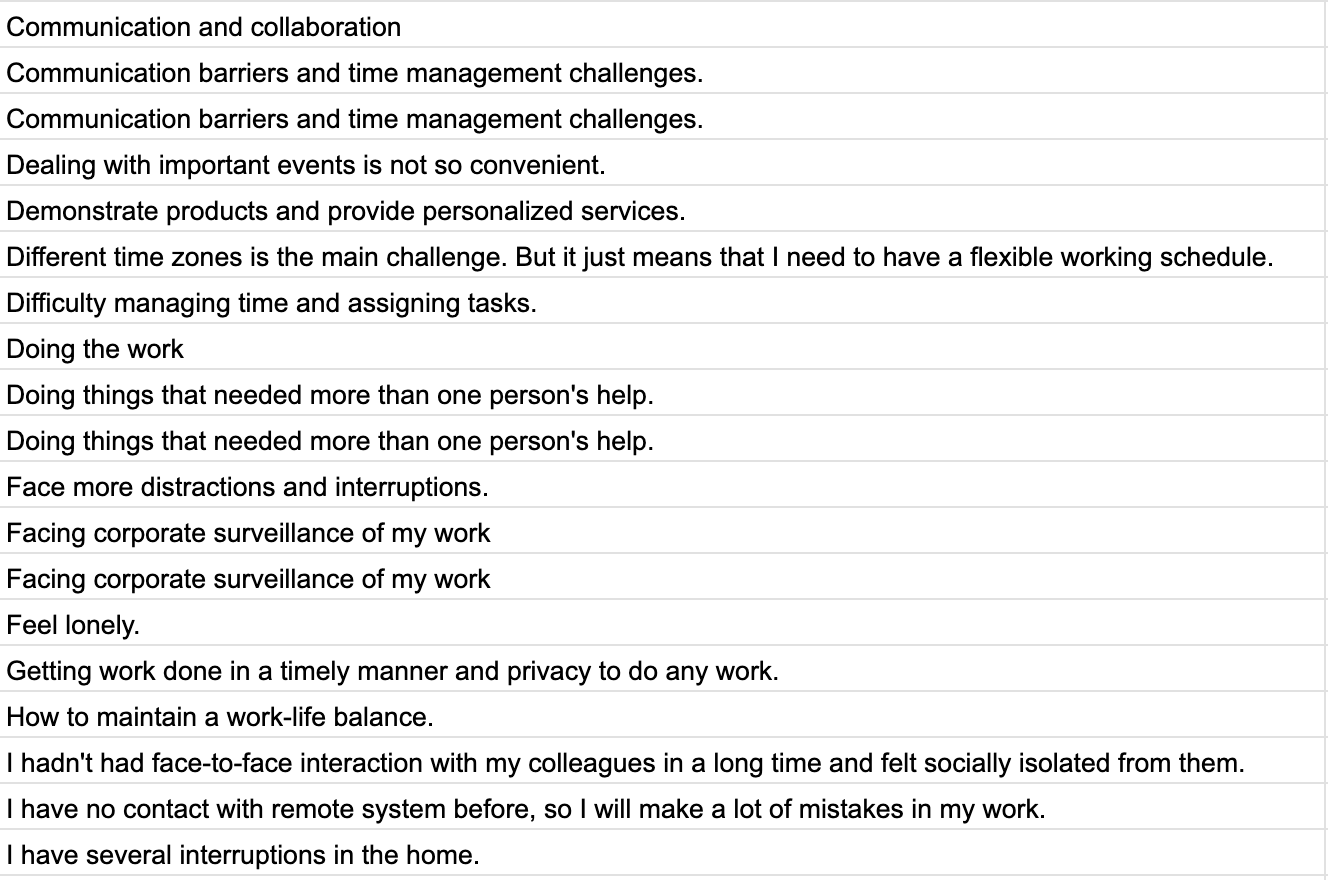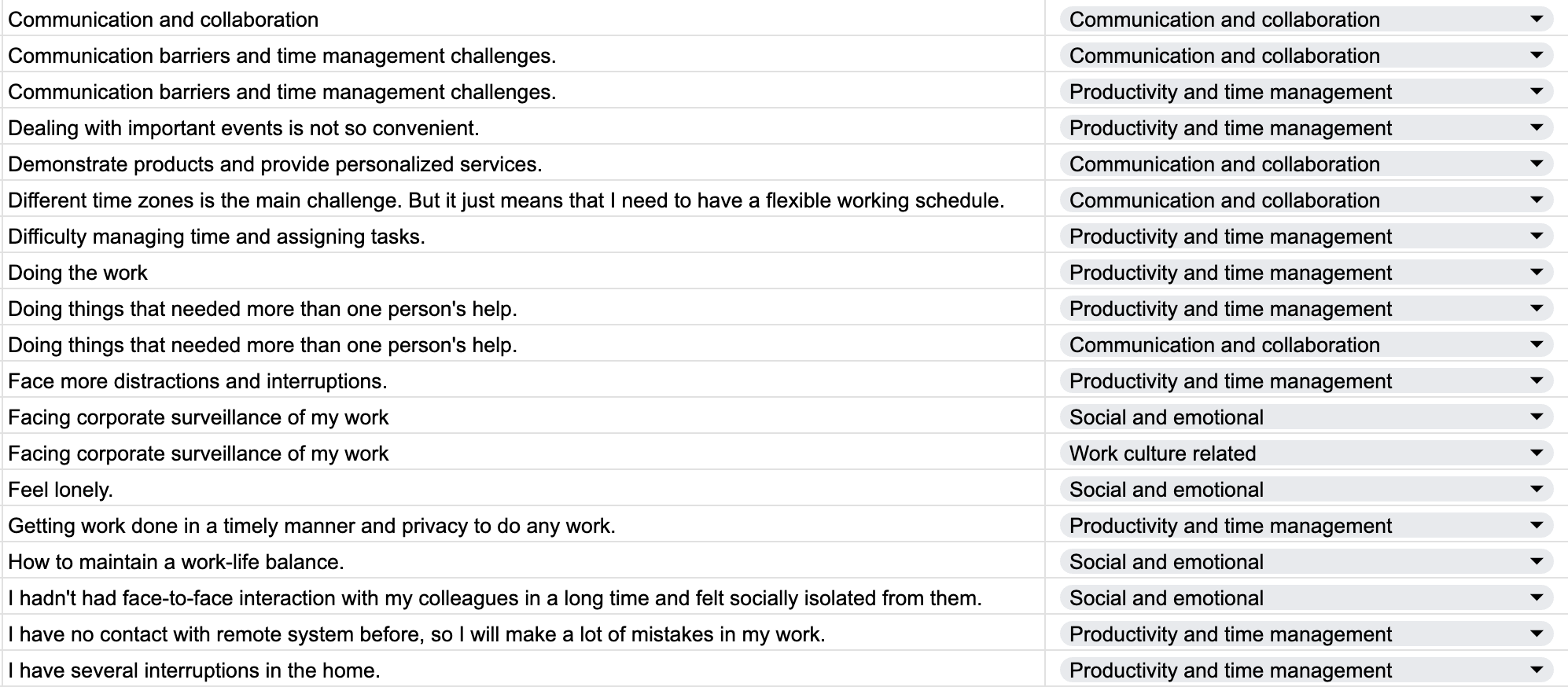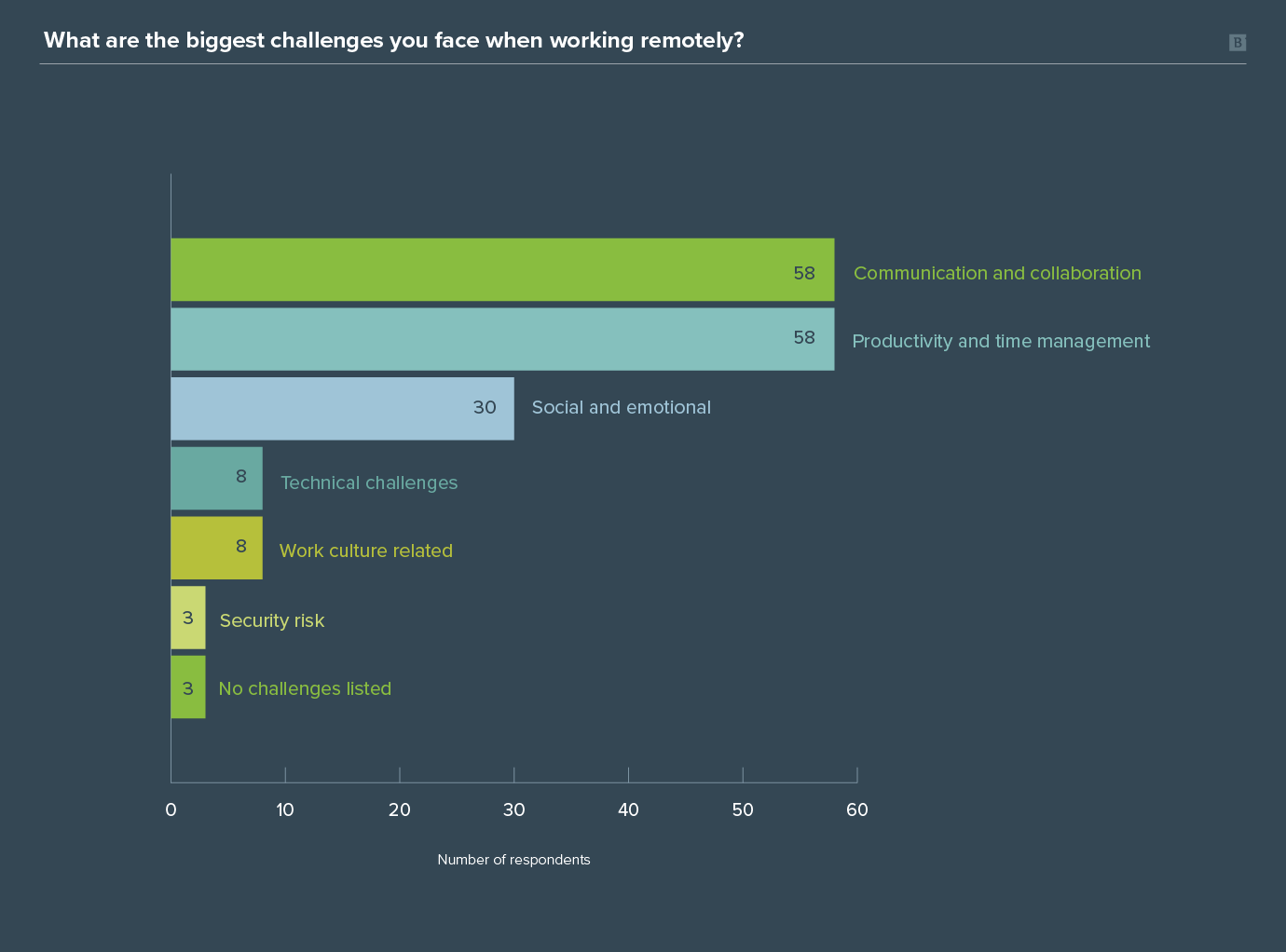Feeling stuck in a creative rut? We’ve all been there, staring at the screen, hoping for that breakthrough moment. But what if there was a way to unleash a torrent of creativity? A new ally in your toolkit, one that could shake things up, inspire ideas and streamline your workflow. Enter artificial intelligence, commonly known as ‘AI’.
It’s a buzzword that stirs up a mix of excitement and apprehension. Although AI sparks many debates, the truth is, AI can be used to your advantage.
However, like any powerful tool, AI needs to be used responsibly. A common concern with AI is the risk of unintentionally using copyrighted material — and rightfully so. After all, AI operates by learning from vast amounts of information available online. It’s crucial to remember that, while AI can suggest and inspire, it’s our responsibility to ensure that our work remains original and respectful of others’ rights.
So, we’ve got this potentially game-changing tool at our disposal, but how do we wield it effectively? If you’re sitting there wondering, “How can AI help me create better content?” you’re in the right place.
But first …
AI and Creativity: Setting the Record Straight
When we hear ‘AI’, our minds often jump to images of humanoid robots or automated machines doing mundane tasks. It’s easy to fall into the trap of thinking AI is all about replacing human effort. But when it comes to creativity and content creation, nothing could be further from the truth.
AI isn’t here to steal your creative spark. Instead, think of it as a friendly colleague, of sorts. One that’s ready to give you a helping hand when you’re lost in a maze of ideas or looking for a new perspective.
How so, you ask? AI can help you by speeding up your workflow, offering data-driven insights or providing new ways to visualize your thoughts. It’s about blending your unique creative flair with the capabilities of AI to create something truly groundbreaking.
In fact, 64% of businesses expect AI to significantly increase productivity, but remember, the final say always rests with you, the human behind the magic. AI is just a gadget in your toolbox. It’s up to you to know how, when and where to use it. Creativity is inherently human, and no machine can replicate the unique insights and personal touch that you bring to your work.
Now, let’s dive deeper and discover how AI can help you in practical, everyday professional situations.
Subscribe to
The Content Marketer
Get weekly insights, advice and opinions about all things digital marketing.
Thank you for subscribing to The Content Marketer!
AI in Design
One of the most exciting applications of AI lies in the field of design. Remember the times when you’ve had a perfect image in your mind but struggled to bring it to life? Or when you wished you could transform an image with just a few clicks? With AI, you can.
To illustrate just how impactful this can be, let’s walk you through an experiment we carried out in-house using Adobe Photoshop’s new generative fill capabilities.
We started with this image:

There was nothing wrong with the original, but we saw potential for improvement, for transformation. So instead of just tweaking or editing the image as usual, we instructed the AI to make specific modifications. Here’s what we got:

We commanded the AI to switch the image to landscape, introduce elements of wildlife and heighten the contrast. The end product was not just visually enhanced, but also offered a richer narrative and expanded potential uses. It went from being a simple image to a potential website header, a captivating visual for a wildlife-themed blog post or even a standalone piece of digital art.
The crucial takeaway here is that we guided the AI on what to adjust. It was our creative vision that drove the transformation.
AI in Research
Up next on our exploration: AI in research. This is another realm where we’ve put AI to the test and reaped significant benefits.
Every business, no matter the size or industry, has to grapple with data. Gathering information, sorting it, analyzing it and finally turning it into actionable insights can be a daunting task. But AI can step in here and transform how we work with data.
Here’s a story from our own backyard. We were staring at a mountain of open-ended survey responses (see below), all waiting to be sorted into distinct themes. This could have taken days of manual labor. Instead, we turned to AI.

We used ChatGPT to help us sift through the data and here’s what it came up with:

By clearly instructing the AI on what we needed, it was able to categorize the responses according to our specified themes. This wasn’t magic but the efficient utilization of a powerful tool.
From there, we were able to draw conclusions about the main challenges marketers face by working remotely:

In just a fraction of the time it would have taken manually, we had a clean, organized view of the data. The challenges faced by remote marketers were neatly laid out, all ready for us to strategize and create solutions.
Yet again, the real power was in our hands. The AI didn’t interpret the data or make decisions. It simply sorted the data based on our command, freeing us up to focus on strategic thinking and problem-solving.
AI in Writing
Every writer knows the struggle of hitting a creative roadblock or struggling to find the perfect way to phrase an idea. This is where AI, especially language models like GPT-3.5 or GPT-4, can shine.
Think of it like having a brainstorming partner who never gets tired. You can feed it a prompt or a concept, and the AI can offer you a multitude of ways to express it. Whether you’re trying to write a catchy headline, an engaging blog post, an SMS marketing campaign, or an impactful report, AI can
help get those creative juices flowing.
But here’s the crucial part: the AI doesn’t do the thinking for you. It simply offers a new perspective based on patterns it has learned from a vast amount of data. The final decision — to accept, reject, or modify its suggestions — is entirely in your hands.
And it’s essential that this discretion stays with you. Why? Because while AI strives to produce unique content, there’s a risk that it might unintentionally reflect copyrighted material it has been trained on. As such, it’s of utmost importance that we use AI responsibly, as a tool to stimulate creativity while maintaining originality and respect for copyright laws.
Humans + AI
The key point we need to hammer home is that AI is not here to replace us but to augment our abilities. The essence of creativity — the generation of original and valuable ideas — remains a distinctly human trait. AI can analyze data, spot patterns and offer suggestions, but it can’t replicate the human capacity for innovation, empathy and complex thought.
The beauty of integrating AI into our creative processes lies in the combination of human intuition and machine efficiency. It’s about using AI to handle tedious tasks, speed up processes and offer a fresh perspective, allowing us to focus on what we do best — create.
While AI offers us this power, we’re the ones steering the ship. We set the goals, make the decisions and add that essential human touch. AI is just a means to our creative ends.
So, don’t view AI as the competition. See it as an ally, a companion in your creative journey. It’s the fusion of humans and AI that holds the potential to unlock unprecedented levels of creativity and productivity. This is the future we should strive for — not humans vs AI, but humans + AI.
What’s Next?
We’ve covered quite a bit of ground. But what’s on the horizon?
At Brafton, we’re all about staying at the forefront of technological advancements and using them to serve our clients better. Our mission with AI is no different. We see this technology not as a threat, but as a powerful tool that, when wielded with understanding and expertise, can significantly amplify our creative and productive capabilities.
We’ll continue testing, learning and experimenting with AI. It’s an exciting field with vast potential, and we’re keen to explore how we can use AI to deliver more value to our work and our clients.





